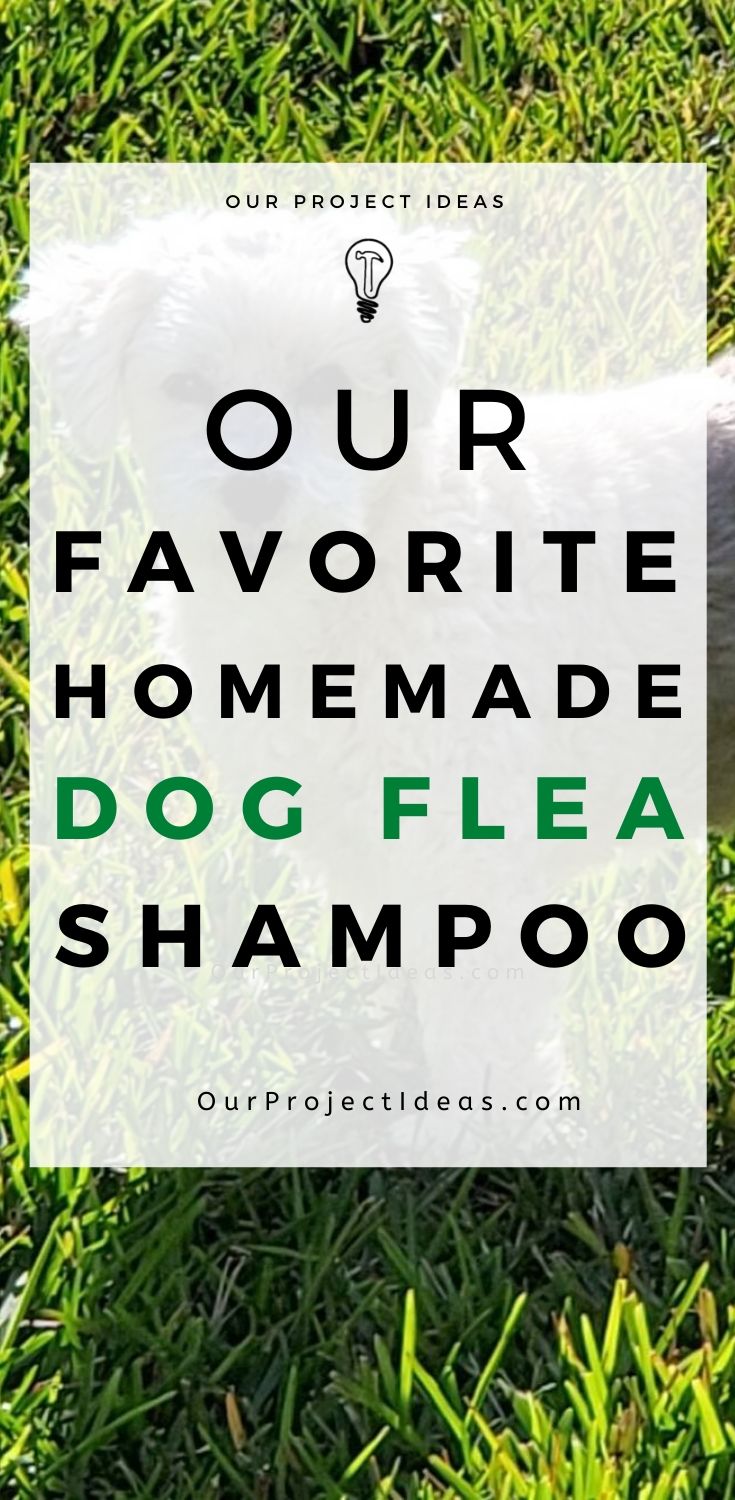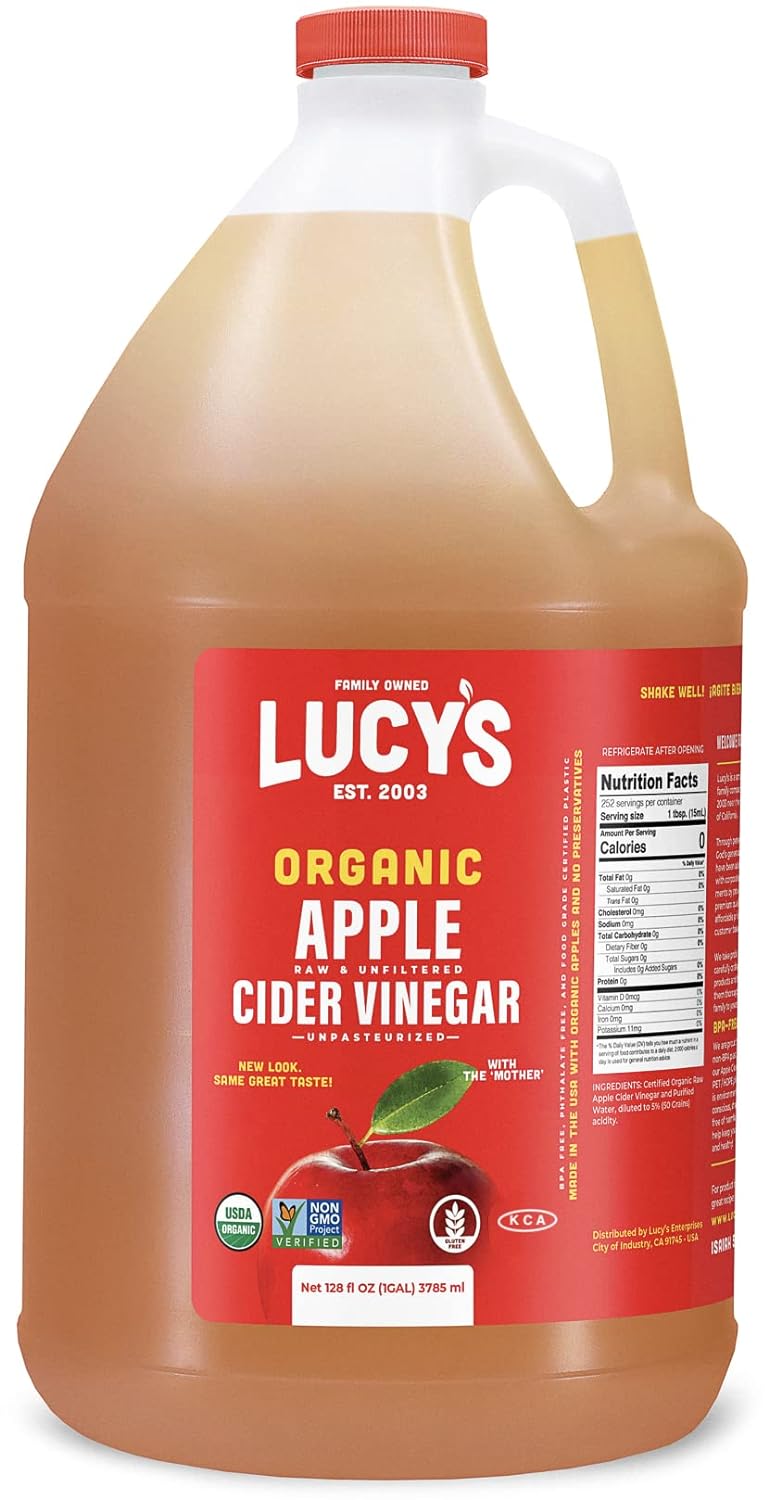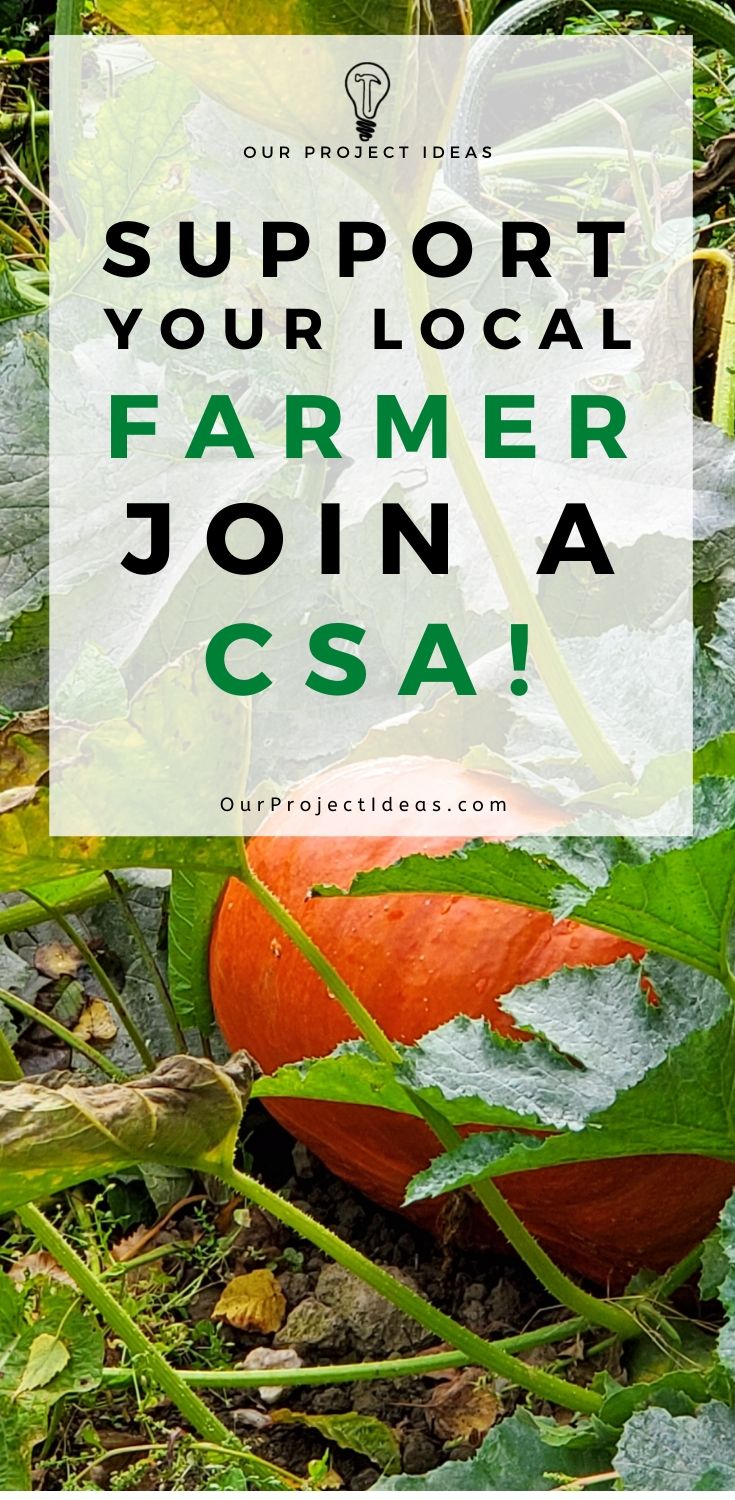
Shampoo antipulci per cani fatto in casa

Quando la nostra cagnolina era un cucciolo, we loved taking long walks at a dog-friendly arboretum near our house. To our dismay, un giorno ha portato casa pulci.
Ci ha fatto impazzire!
We rushed her to the veterinarian. The vet gave her a pill that kills the flea eggs from the inside and gave us a bottle of a commercial flea shampoo and flea removal instructions.
When we got casa, we looked at the warnings on the flea shampoo bottle and it said we needed to avoid contact with our skin (wait what?) and strongly recommended wearing gloves when using the shampoo.
There was no way we were going to bathe our puppy in a flea shampoo with those crazy warnings on it.
We did some research and came up with a safe homemade dog flea shampoo that was gentle on her skin and had ingredients we could find around the house.
All we needed to DIY a dog flea shampoo was Dawn, apple cider vinegar (or white vinegar), and water.
As it turns out, each one of these ingredients works great to get rid of fleas, plus have other benefits.
Rivelazione: Alcuni dei link qui sotto sono link di affiliazione. Se si decide di acquistare uno di questi prodotti, guadagniamo una piccola commissione senza costi aggiuntivi per te. Si consiglia di questi prodotti solo perché abbiamo esperienza con loro e li usiamo per i nostri progetti. Come Amazon Associates, guadagniamo dagli acquisti idonei.
The Homemade Flea Bath for Dogs Ingredients
Dawn Kills Fleas
sì, we tested this theory first hand when our dog got fleas (to our horror). It turns out that Dawn kills fleas in minutes. Lo fa rompendo l'esoscheletro delle pulci.
L'aceto di mele è una pulce & Repellente per zecche
Un altro ingrediente che utilizziamo nel nostro shampoo per cani fatto in casa è l'aceto di mele.
When you use a 50% apple cider vinegar and 50% water solution and spray it on your dog’s fur, Funzionerà come un repellente naturale per pulci e zecche.
Bonus: L'aceto di sidro di mele aiuta anche gli hotspot lenitivi
Questo diy flea shampoo is also great if your puppy suffers from hotspots!
L'aceto di mele è un antimicotico naturale e aiuta a lenire la pelle del tuo cane.
Per aiutare a lenire la pelle del tuo cane, soprattutto se prude e secca, you can apply topically.
Add 50% apple cider vinegar and 50% water and spray on the affected area.
Mancia: Non applicare l'aceto di mele direttamente su una pelle aperta o cruda del tuo cane; it will burn.
Homemade Flea & Tick Shampoo Recipe
The recipe is super simple and straight forward. A couple of ingredients, add warm water and you are off to the races! lol
Below are the ingredients and directions for preparing the DIY flea and tick shampoo.
The Ingredients For Homemade Flea & Tick Shampoo For Dogs
Ecco un elenco degli ingredienti dello shampoo per pulci per cani fatti in casa:
- Dawn (1 cup)
- Apple Cider Vinegar (1 cup)
- Water (4 cups)
Le porzioni sopra sono più che sufficienti per lavare un cane di piccola taglia.
If you have a larger dog or are doing more than 1 dog, puoi aumentare gli importi e mantenere i rapporti.
Istruzioni per l'uso dello shampoo antipulci per cani
Mescolando lo shampoo
Mescola tutti gli ingredienti in una ciotola capiente, quindi trasferire lo shampoo in una bottiglia da spremere (come una vecchia bottiglia di shampoo).
Se non hai una bottiglia da spremere, puoi versarla dalla ciotola direttamente solo al tuo cagnolino, ma la bottiglia da spremere rende questo processo più facile.
Ricorda di dare una buona scossa alla bottiglia prima di usarla.
Applicazione di shampoo per pulci per cani
Use the homemade flea shampoo like you would any other dog shampoo – applying it liberally and massaging it into the dog’s coat.
Let the flea shampoo sit for 5 minutes.
Rinse thoroughly with warm water. You may want to do this a second time just to make sure (that’s what we did).
Once you’re done, towel dry or blow dry on a cooler setting. That is all there is to it!
Mancia: Leave the flea shampoo on your dog for about 5 minutes. When you rinse, the flea eggs will dislodge from the dog’s hair and go down the drain. Make sure you rinse thoroughly.
How Often To Use The DIY Flee Shampoo
We used the dog flea shampoo every day for about a week. Mainly because it freaked us out but we also wanted to make super-duper sure that our dog didn’t have fleas anymore.
Quando abbiamo fatto il primo shampoo abbiamo visto le pulci nell'acqua ma quel bagno iniziale è stata l'unica volta che le abbiamo viste. After that first use of the home made dog flea shampoo, non li abbiamo più visti.
Sulla base della nostra esperienza, questo shampoo antipulci per cani fatto in casa non tossico funziona molto bene. Se stai andando fuori di testa per il tuo cane che ha le pulci (come abbiamo fatto noi), poi continua a fare gli shampoo per una settimana.
Altrimenti, Direi di continuare a fare gli shampoo finché non vedrai più le pulci nell'acqua quando risciacqui lo shampoo per pulci.

Godetevi questo post? Appuntalo e condividilo con gli altri!







